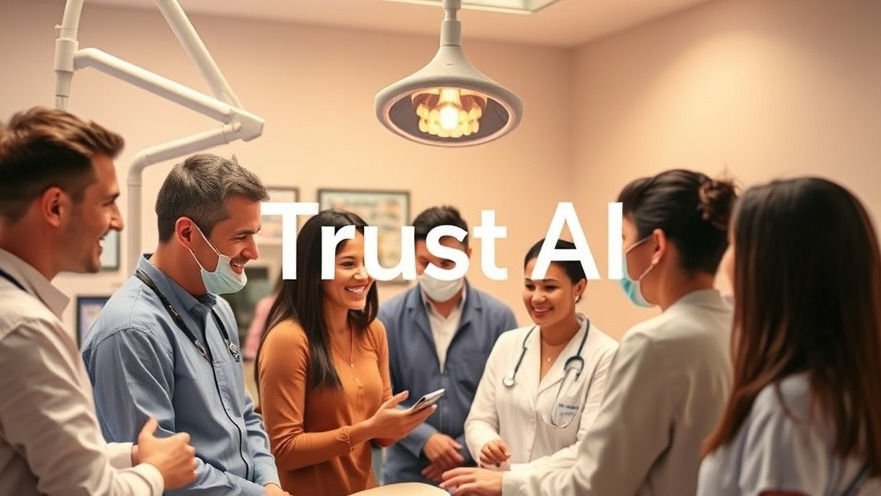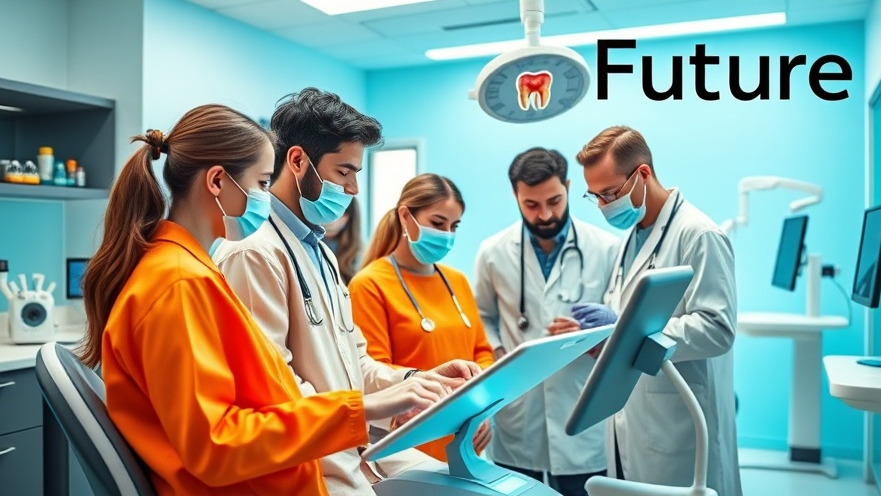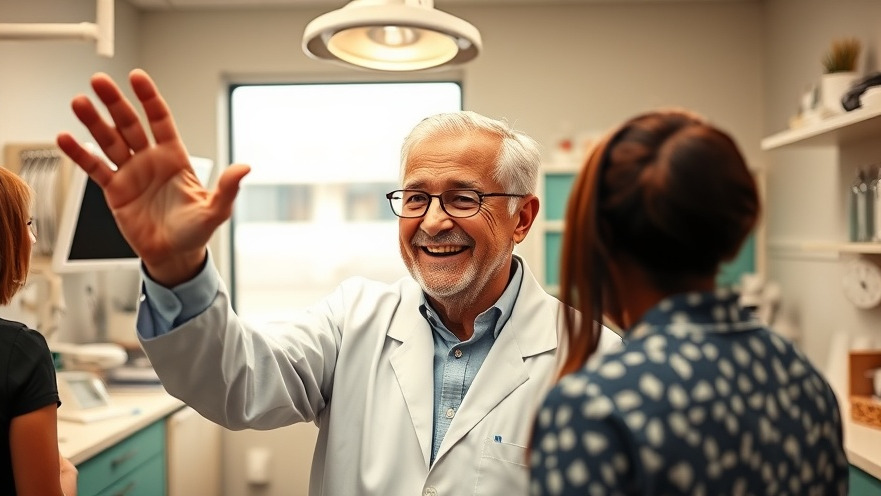
Introduction: A Significant Step for Dental Education in Kansas
Wichita State University and Fort Hays State University have embarked on a groundbreaking initiative as they join forces to launch a feasibility study for Kansas's first-ever dental school. This progressive move is indicative of the evolving landscape of dental education in the U.S., where the demand for trained dental professionals continues to surge, particularly in underserved regions. As healthcare systems face challenges exacerbated by rural population declines and urban migrations, a new dental school could play a pivotal role in catering to community health needs.
The Scope of the Feasibility Study
The feasibility study, funded by up to $750,000 allocated by the Wichita State University Board of Trustees, is set to be completed by fall 2026. This provides a structured timeline for both institutions to assess multiple aspects of establishing a dental school, including potential cohort sizes, faculty requirements, and the essential accreditation processes.
Furthermore, the study will delve into facility planning and possible collaborations with Federally Qualified Health Centers (FQHCs). These centers are crucial in addressing public health concerns, particularly for low-income populations, thereby expanding accessible dental care.
The Role of Partnerships in Successful Implementation
Partnerships between educational institutions and healthcare providers are becoming increasingly vital in shaping effective healthcare education. In this case, the potential collaboration with FQHCs may not only enhance the learning experience for dental students but could also significantly improve patient outcomes in the local communities.
As Dr. Emily Johnson, an established dentist and community leader, asserts, "A local dental school could bridge the gap between education and practical healthcare needs. It’s essential for new dentists to understand the communities they serve and this initiative lays the groundwork for that vital connection."
Historical Context: Dental Education in the U.S.
Historically, the U.S. has experienced fluctuations in dental education programs, often lagging behind the increasing healthcare demands of specific regions. The notable absence of a dental school in Kansas highlights a significant gap in training opportunities that could severely impact future healthcare professionals.
According to the American Dental Education Association, there has been a consistent need for more dental schools, especially in states where access to care is limited. This proposed school could serve as a model for other regions looking to enhance healthcare education and accessibility.
Challenges Ahead: Addressing Concerns
While the establishment of a dental school is a step forward, several challenges could arise during the implementation phase. Questions about funding, recruitment of qualified faculty, and ensuring that the facility meets all accreditation standards will require diligent attention.
Moreover, the involvement of rural populations must explicitly focus on cultural competencies and the unique parameters of providing healthcare in these areas. As previous studies have shown, understanding community dynamics is crucial for fostering trust and ensuring effective health outcomes.
Future Predictions: What This Means for Healthcare in Kansas
The launch of this feasibility study could signal a new era for dental education in Kansas. As more qualified practitioners enter the workforce, we could witness a significant improvement in both the quantity and quality of dental care available, particularly in rural areas. This initiative could potentially serve as a catalyst for expanding educational access in other health professions, ultimately strengthening the entire healthcare system.
Conclusion: A Call to Action
As stakeholders in the healthcare field, it’s essential for practitioners to support educational initiatives like the feasibility study for Kansas’s first dental school. Investing in local dental education is paramount, not only for individual professional development but for the overall health improvements of the populations we serve. Let us advocate for accessible education that meets the needs of our future dental professionals and their communities.
 Add Row
Add Row  Add
Add 




Write A Comment